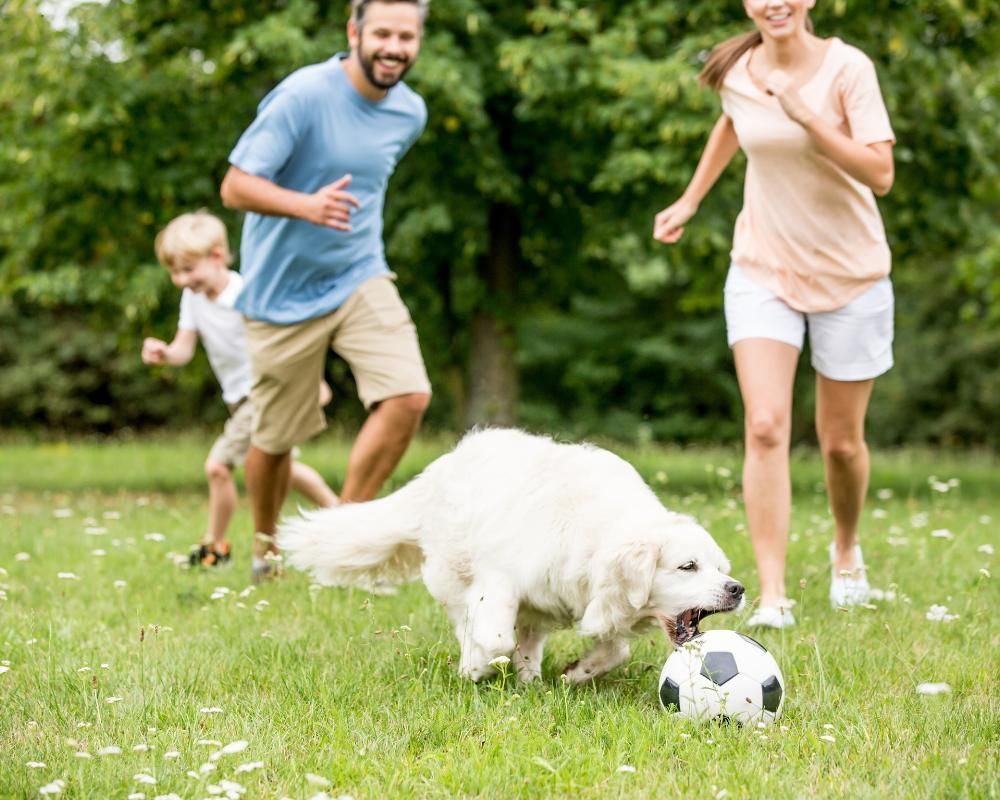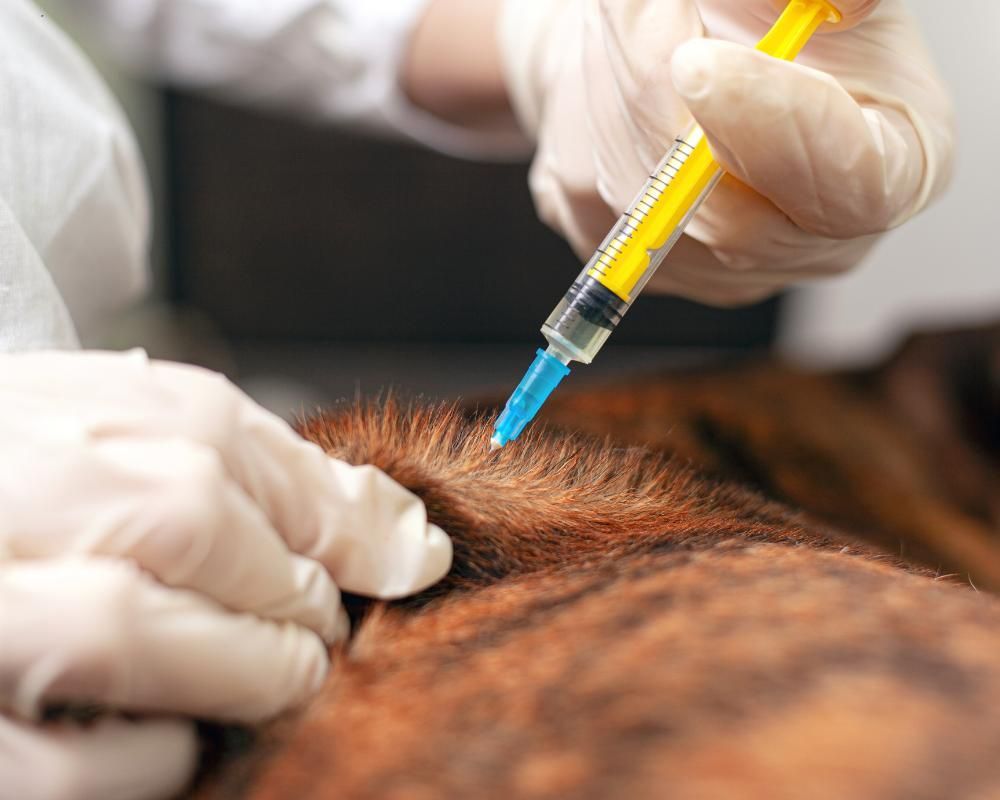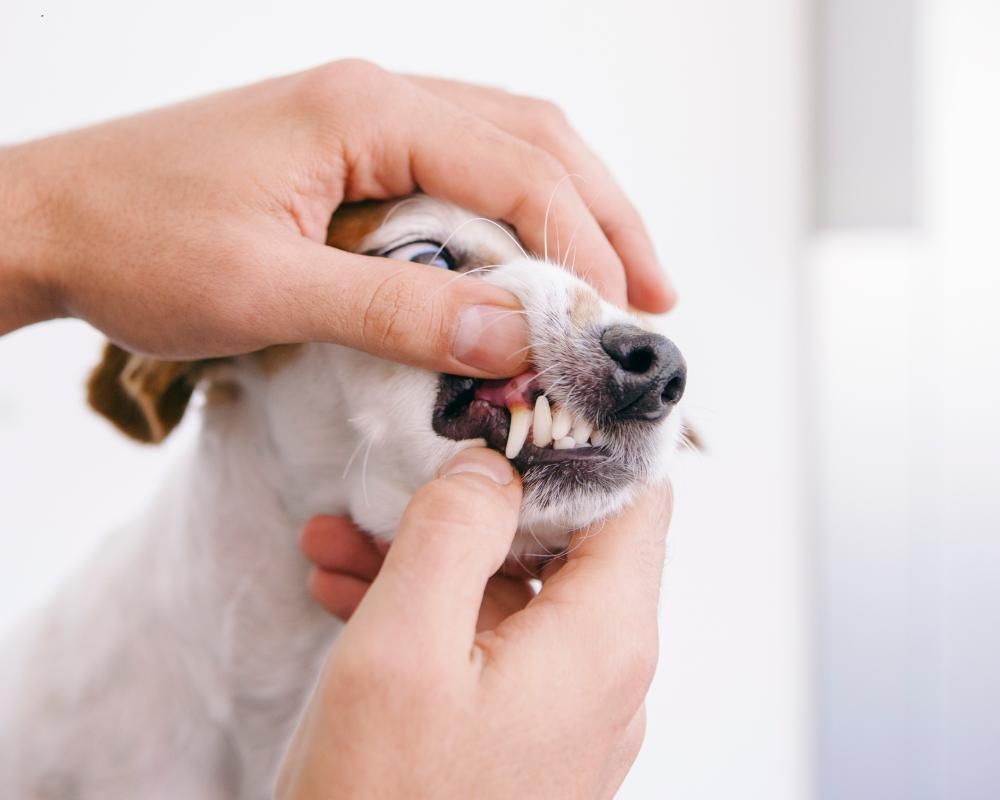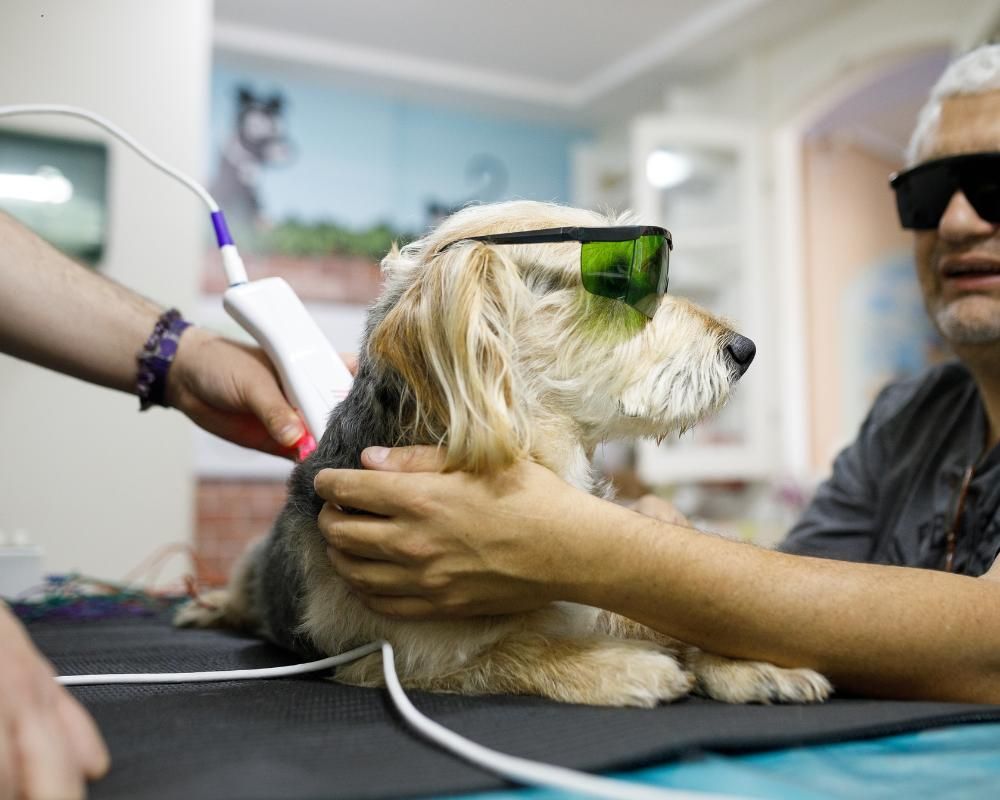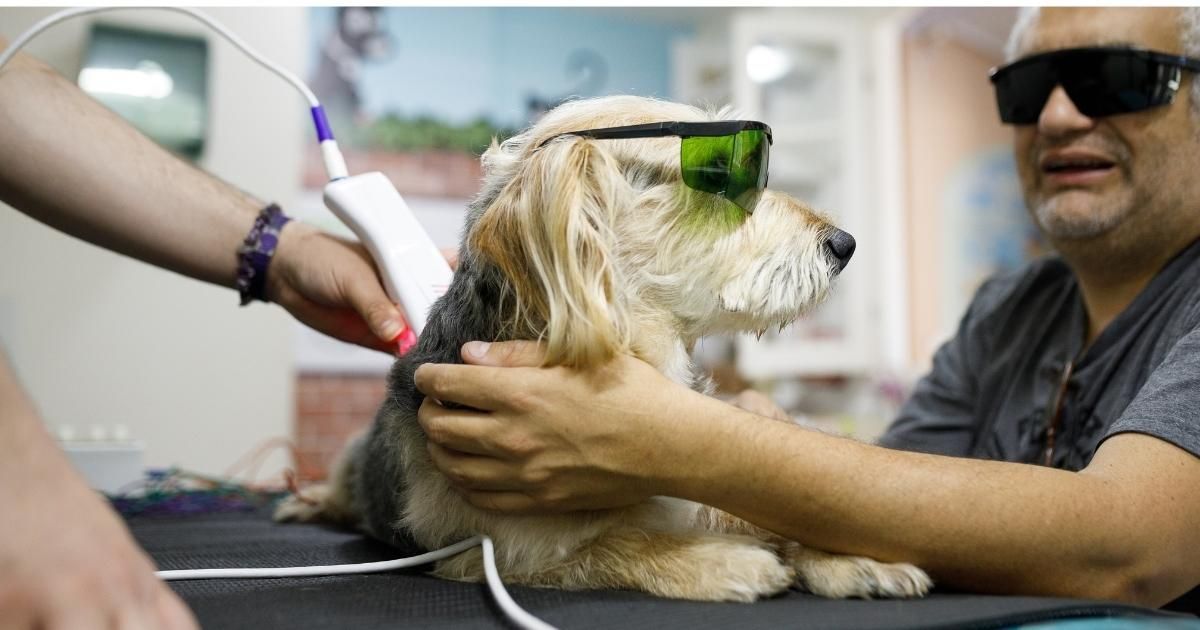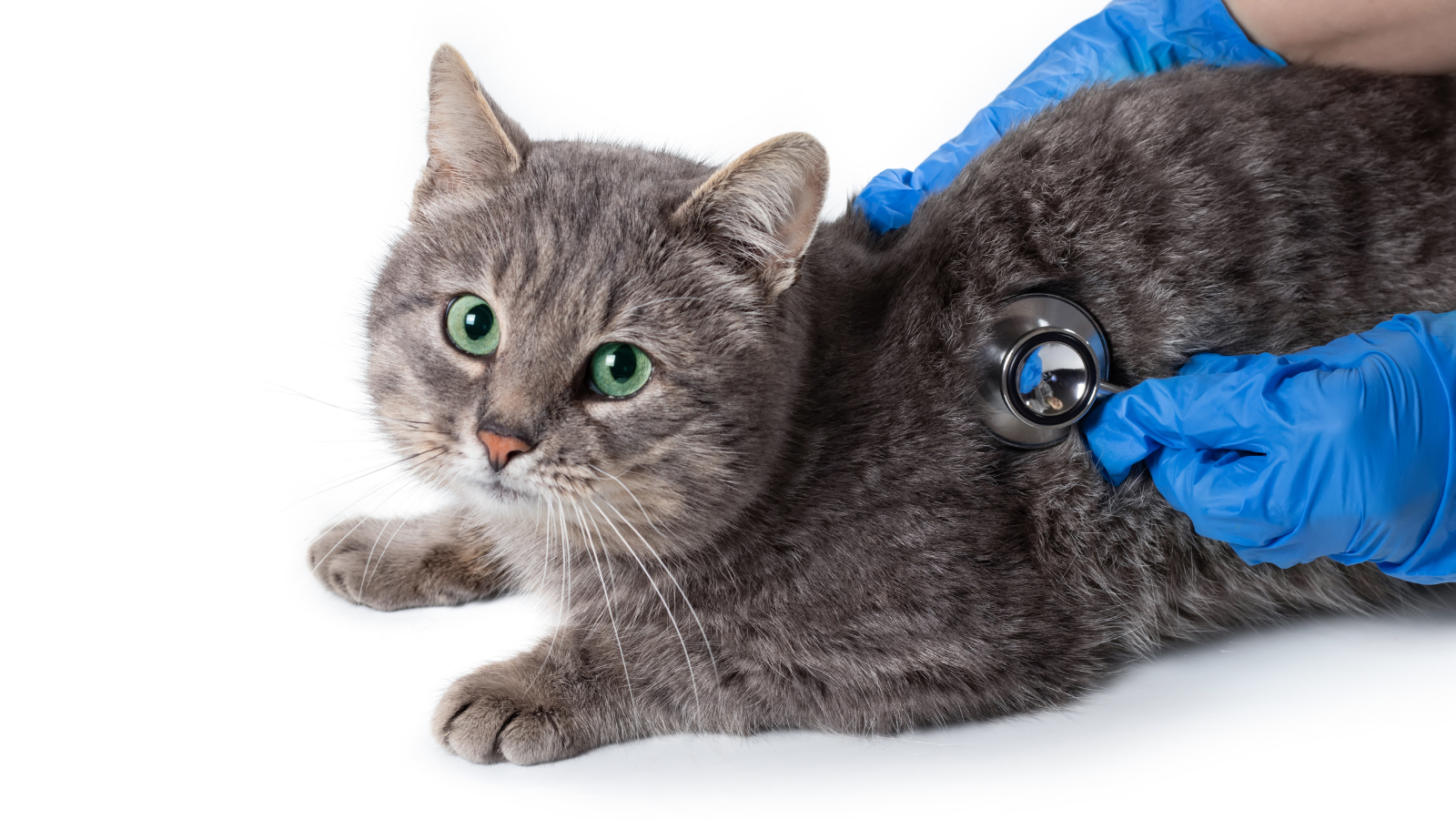5 Common Dog Winter Illnesses to Watch Out For
As fall rolls around, most of us go see our doctors for flu shots, physicals etc. but have you thought about fall being a great time to take your dog in for a wellness exam? Dogs can get colds and other winter illnesses too so making sure they're at their best before the season hits is a great idea.
But germs are sneaky so here are some common winter illnesses you should watch out for:
It's a Winter Wonderland But Be Aware Of The Risks

Some dogs love winter! Certain breeds like Siberian Huskies, Malamutes and other with thick coats and bred for colder climates can relish in the cooler air, the snowdrifts and all that it brings. Some will even argue about going back inside wanting 'five more minutes mom!'. Other dogs won't even go out in the rain without throwing a fit. But just like kids, winter can bring colds, coughs and other risks.
1. Kennel Cough
Like the common cold or the flu, Kennel Cough is a respiratory virus or infection that is a common winter dog illness. It is easily transmissible to other dogs, especially in winter when everyone is hunkered down inside. Your dog may show kennel cough symptoms such as a runny nose and eyes, but if you hear a honking sound from your dog’s cough, that’s a clear sign kennel cough is making your pup not feel their best. Talk to your veterinarian about whether a Kennel Cough vaccine might be a good preventative measure for your fur pal.
What to do if your dog gets Kennel Cough? If your pet is showing signs of Kennel Cough you should quarantine them from other pets. If you normally board your pet, consider asking someone to pet-sit them at home instead. There are also ways to help your dog feel better such as letting them hang out in the bathroom with a warm shower running; putting a humidifier near their bed and making sure they stay hydrated. If symptoms seem to dramatically get worse or last for more than 7-10 days, you need to reach out to your veterinarian for antibiotics to help fight it.
2. Canine Influenza and Pneumonia
Another common dog illness is canine influenza and/or dog pneumonia. Colder weather, dry air from heaters, going from cold outside air to warm inside air can all lower our ability to fight a cold. Dogs can get colds too! The symptoms of a dog with influenza or a cold are like what we feel when we have a cold: runny nose, a little less energetic than usual, mild coughing. Fortunately, the treatment is similar also!
Allow your dog to get plenty of rest. Offer gentle foods, such as broth, to keep your dogs hydrated and nourished when they’re not feeling their best. If your house has dry air, add a humidifier near the pet bed to help soothe their nasal passages. However, do not use products such as Vick's Vapor Rub directly on your pet and remember that a canine nose is very sensitive so if you are tempted to put a few drops of Eucalyptus in the humidifier it might be as overwhelming as sticking your own head in a bucketful of the stuff.
Usually, the body recovers in 4-7 days. However, if symptoms persist, consult your veterinarian.
3. Dog Arthritis
If you notice your canine friend slowing down, limping unexpectedly, or not enjoying the activities they once did, you could be seeing the signs of arthritis in dogs. Arthritis is caused by inflammation in the joints that causes pain when trying to move normally. Another symptom of dog arthritis is excessive grooming. Licking is a common soothing technique for dogs, but when it becomes excessive and/or causes thinning fur spots or reddened skin, this could also be a sign of arthritis in dogs.
There are many treatment options for dog arthritis including general changes such as reducing excess weight, diet changes, using softer supportive bedding, protecting them from extreme cold, and adding steps to make climbing into the car or bed easier. Other options include supplements, NSAIDS, steroids and painkillers.
4. Frost Bite in Dogs
Fur does not protect your pet from frost bite. Dog frost bite is rare, but that also means pet owners may not know what to look out for. Frost bite is tissue damage that occurs due to the cold. Frost bite in pets can vary from mild to severe, and primarily occurs on the tips of your pet’s tails, ears, and toes. The severity of frostbite depends on the pet’s size, age, fur thickness, and how long they’ve been outside in the cold.
Pale skin with a blue or gray hue is a sign of restricted blood flow to the extremities including the paws, ears, and tail. Ice may also form around these areas as the surface temperature of the skin is lowered.
There are three stages to frostbite:
First degree: Pale, hard skin at the extremities that appears toughened, red, and rough when warmed back to room temperature.
Second degree: Blistering on the skin.
Third degree: Skin darkening, which may occur over a period of several days; formation of gangrene.
Dog frost bite and hypothermia both start with similar symptoms and the treatments are similar. Frost bite alone is not typically fatal unless it gets severe, and a secondary infection sets in.
Bring your dog inside as soon as you suspect there may be frostbite or hypothermia. Toss a dry towel in the dryer to warm it and wrap it gently around your dog. Be sure not to rub or massage the skin with the warm towel as it may damage the skin and cause pain. Offer water at or just above room temperature. Do not use a heating pad or other heat source directly on your dog. And most importantly, call your veterinarian as soon as you suspect dog frost bite.
5. Dog Hypothermia
Did you ever get your gloves wet when building a snowman and notice that your fingers were stinging from the combination of cold and wet fabric? Pet fur can act in the same way by trapping moisture and conducting cold to reduce your dog’s ideal body temperature. A dog suffering from hypothermia has similar symptoms to frostbite, including pale skin, coolness to the touch, and shivering. When left untreated, dog hypothermia leads to serious consequences such as heart failure, other organ failure, and possible death.
Anything below a dog’s normal body temperature (between 101°F and 102.5°F) can be considered dog hypothermia. Symptoms of hypothermia in dogs include paleness of skin, shivering, and listlessness to the point of lethargy.
Like frost bite, if you notice signs of hypothermia in your dog, bring him/her inside and wrap them in a warm towel or blanket. If you think your pet has frostbite as well, avoid rubbing the skin directly. You can also put a well wrapped heating pad or hot water bottle under their bed but avoid burning your pet’s sensitive skin. Also, call your vet immediately. Don’t forget to check your pet’s temperature every 10 minutes. If your dog’s temperature is consistently below 98°F (36.7°C) or they seem to be unresponsive, seek immediate emergency veterinary attention. Once it’s above 100°F, remove the hot water bottle to avoid overheating.
Other Winter Dangers For Your Dog
If you live in an area with a lot of snow or ice, you probably have antifreeze in your garage in several different forms. Windshield washer fluid, engine additives, anti-fogging window sprays all contain chemicals that help reduce frost and fogging but are also dangerous to your four-legged friends. Most antifreeze items include ethylene glycol which can taste sweet to your dog but are poisonous. To avoid potential poisoning, be sure to mop up all these dangerous chemical spills from your garage floor or driveway. Rock salt and ice melts are also harmful by causing chemical burns and abrasions to paw pads. Also know that dangerous anti-ice agents have likely been used on public sidewalks, even if you can’t see them.
Symptoms of antifreeze poisoning include unsteady walking, vomiting and other uncoordinated movements that can lead to seizures and worse. If you’ve observed these symptoms or suspect your pet has ingested antifreeze, contact Chipman Road Animal Clinic immediately — the sooner, the better.
Meanwhile, prevent antifreeze poisoning by storing antifreeze away from pets. Protect your pet’s paws from both antifreeze and rock salt by using pet booties and wiping their paws after being outside.
Whenever possible, try to use “non-toxic” antifreeze, which contains propylene glycol as an active ingredient instead of ethylene glycol.
If You Suspect Your Pup Has One of These Common Winter Dog Illnesses, Call Chipman Road Animal Clinic!
While there are some things you can do immediately to help dogs feel better, don’t hesitate to reach out to Chipman Road Animal Clinic if you suspect your dog has caught one of these common winter dog illnesses. Our expert and caring staff will go over your dog’s symptoms and offer the best course of action for treatment. Maybe rest and recuperation will be all that’s necessary; or maybe further evaluation and treatment should be followed.
We will offer the best treatment for these common winter dog illnesses to keep your dog healthy.
Call us today at 816-524-1886

